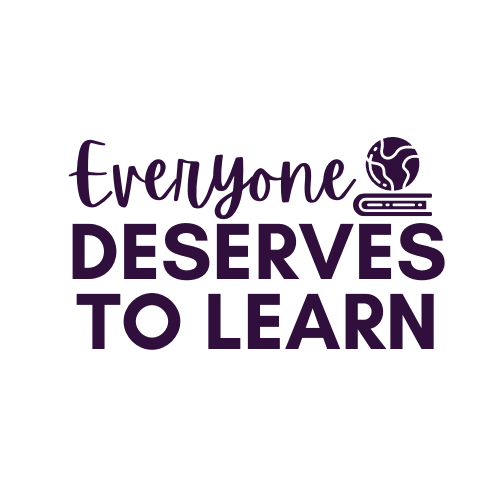Use Environmental Print to Practice Literacy Skills
If you have struggling readers at home or at school, practicing with environmental print may be the solution to your literacy problem. My English Language Learners often come to class with very little exposure to American vocabulary, and environmental print has helped them get a better grasp on letters and sounds.
Once, I had a class of ELL first graders working in pairs with letter flashcards, and one student started sniffling and tearing up. When I knelt down to help him along, he showed me the card; it was J for Jam, but he had never had jam before, didn't know what it was, and was afraid he would be in trouble for not knowing. After a hug and a few tissues, I collected all the flashcards and we sat down with Google Images to find other words that started with J. I started using environmental print the very next day, and am so glad I did...no more tears!
Whether at home or at school, print is really all around us. From food wrappers to license plates, children are exposed to words from the time they wake up to the time they go to sleep. Use that to your advantage! There are so many ways to use environmental print at home or at school to help early or struggling readers. Here are just a few!

Here are some more ways to practice reading skills using environmental print:
- Play I-spy on the road with license plates or car models (I spy with my little eye, a car that starts with S!)
- Pick a common sign (like Speed Limit) and count to see how many they can find along the way
- Use the morning cereal box to find the first letter in the child's name
Here are some more ways to practice writing skills using environmental print:
- Cut out the logo from a cereal box and have children trace over it
- Keep a pen and paper in the car, and make tally marks each time you see a sign that starts with a certain letter.
- Use magnetic letters on the fridge to form the words of household items
Here are some more ways to practice speaking skills using environmental print:
- Ask students to explain whether or not they like something, and why (like Legos)
- Have kids tell you if something belongs or doesn't belong (like McDonald's, Burger King, Wendy's, and Barbie) and why or why not.
- Practice on a Saturday running errands by making a list of places you went. ("First, we went to Lowe's, then to Petsmart, and last to Subway.")
Here are some more ways to practice listening skills using environmental print:
- Provide a list and ask students to tell you which was first or last.
- Spread out word cards and ask students to put in order using directions you give
- Allow students to discuss likes/dislikes with a friend, then summarize the conversation
You can use environmental print to practice math skills by counting and comparing letters, and practice social studies skills by finding out if there is a McDonald's in every country. How else can you use environmental print in your class? For more information and research about environmental print, read this or this!






